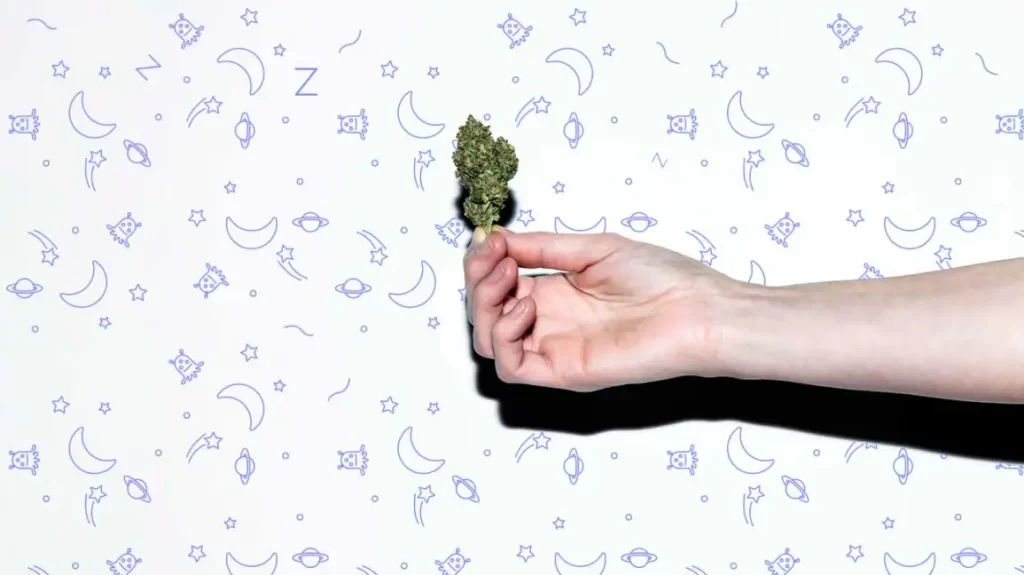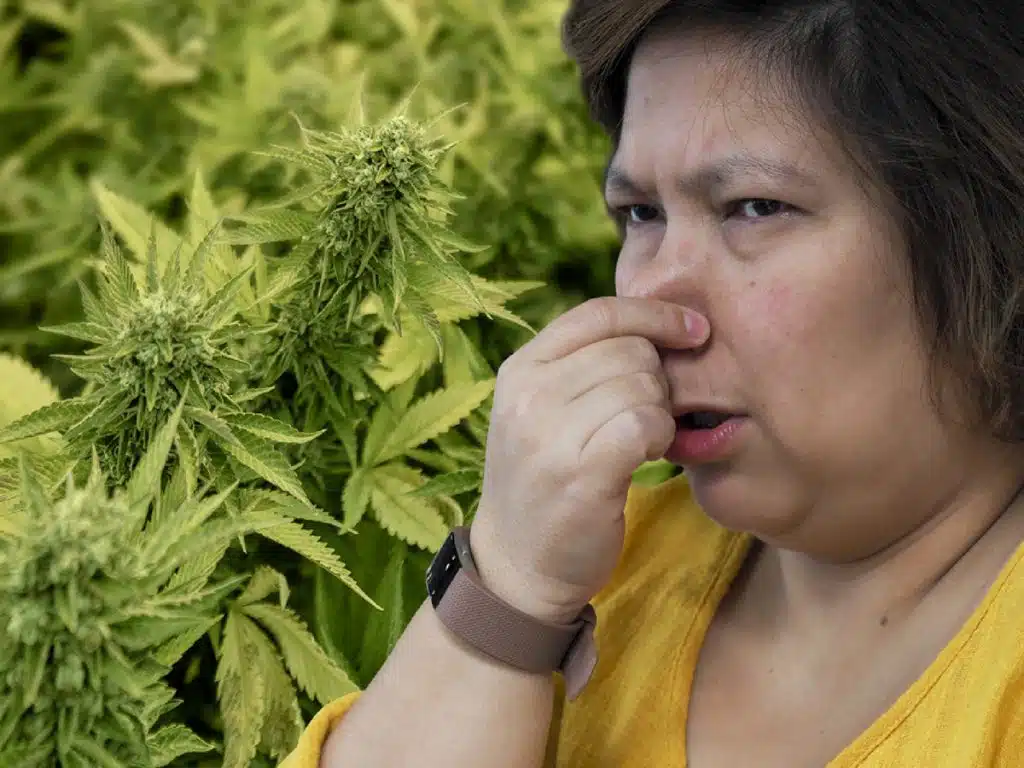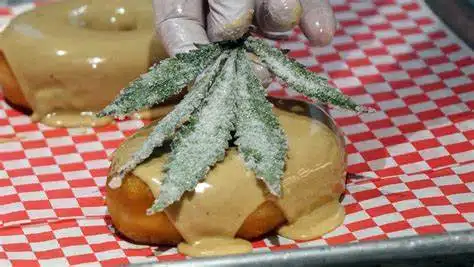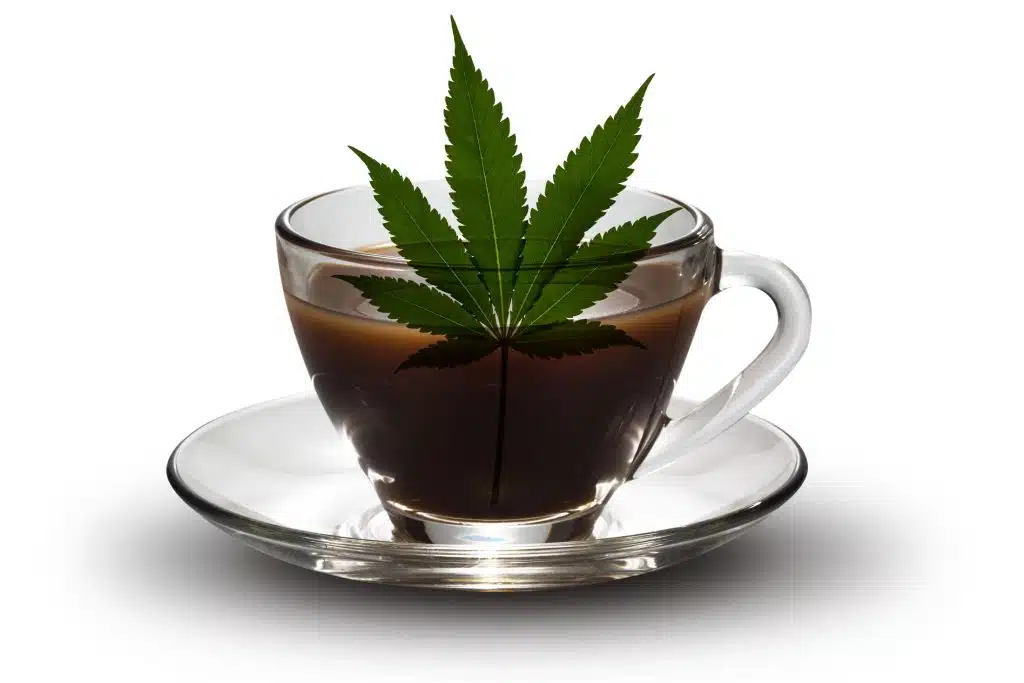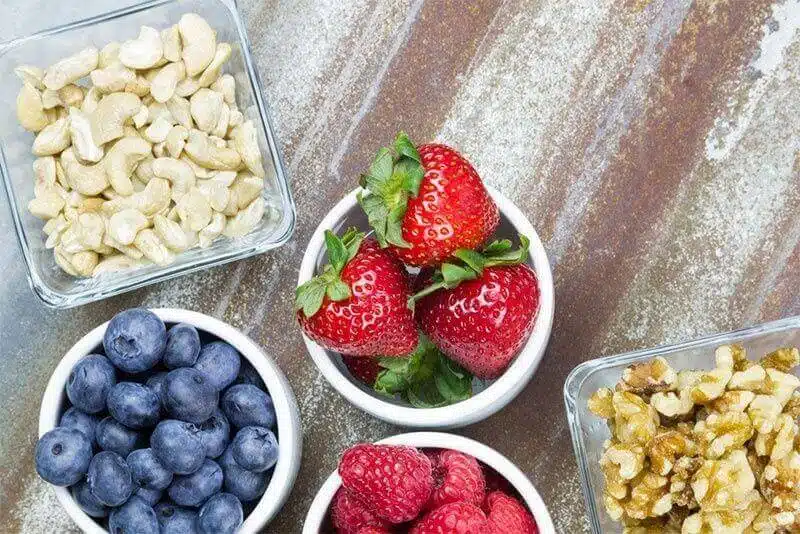What Are Autoflowering Weed Strains?
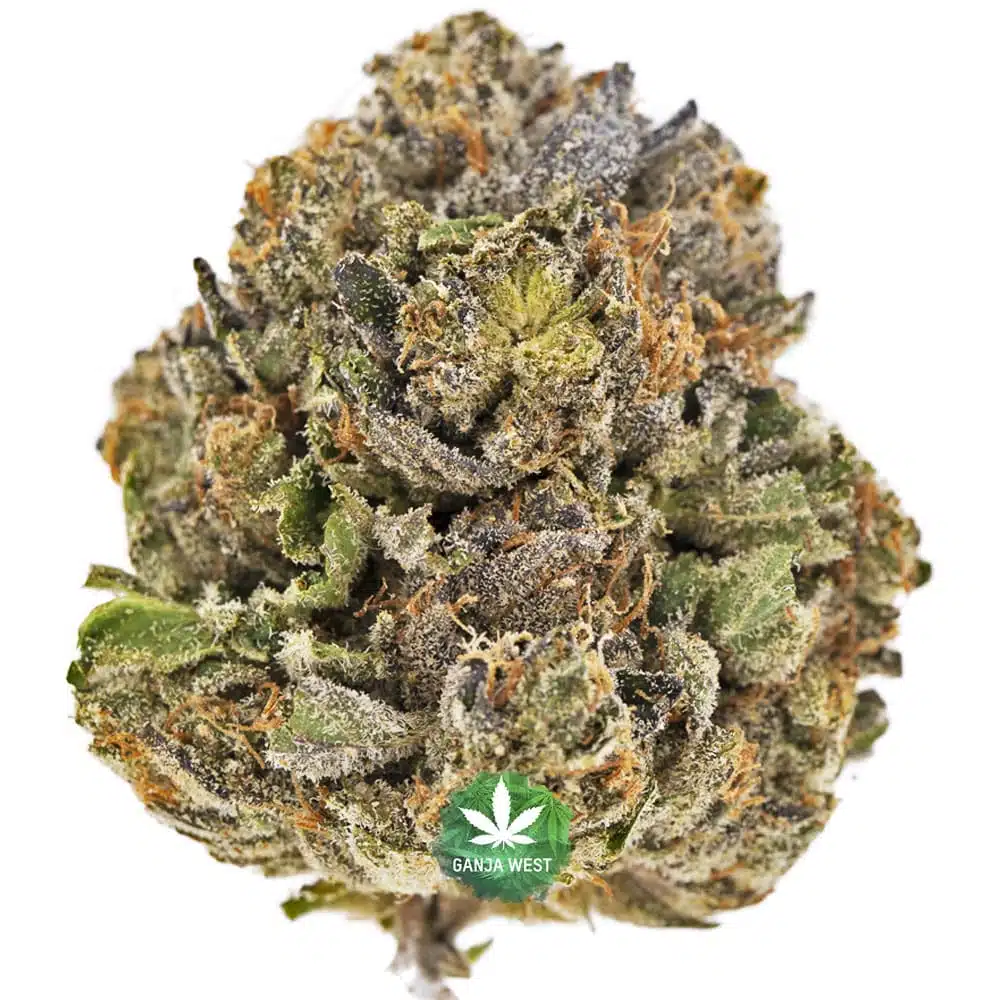
What Are Autoflowering Weed Strains?
Autoflowering seeds are a great option for those who want to grow cannabis plants that naturally produce cannabinoids and terpenes. These seeds produce plants that will grow and flower quickly, which is great for those who want to get started growing cannabis quickly. If you’re looking for a variety of cannabis strains to choose from, autoflowering seeds are a great option. They offer a wide variety of options for growing cannabis, and you can find strains that are perfect for your needs. Whether you’re looking for a powerful strain to help you relax or want to try a strain that is known for its delightful aroma, autoflowering seeds have you covered. After careful consideration, you’ve decided to grow your own cannabis. There are so many options for cannabis seeds, and you may be wondering what type of seeds will work best for you.
There are a variety of autoflowering strains available that offer high levels of THC and a mix of different terpenes. They’re also becoming increasingly popular, so it’s important to understand what you’re getting into if you choose to grow cannabis this way. Here, we’ll look at the advantages and disadvantages of growing autoflowering cannabis, and see if it’s the right choice for you.
What is Autoflowering Cannabis
Autoflowering cannabis is different from other types of cannabis because it doesn’t require a change in light cycle to start flowering. Instead, this type of cannabis grows flowers on their own, which makes it a great choice for those who want to avoid the hassle of changing light cycles.
Cannabis ruderalis strains are creased by breeders who combine indica or sativa strains and then incorporate generics from other strains. The difference between these strains is that ruderalis strains don’t need photoperiods to flower. Photoperiods are the changes in the ratio of light and dark periods that a plant uses to flower properly, when growing ruderalis strains photoperiods are no longer necessary. Ruderalis strains allow certain strains to autoflower and when crossed with either indica or sativa, it releases the autoflowering characteristics, acquiring the best of both worlds. The lack of desired light comes down to the fact that ruderalis strains come from cold and harsh environments, such as Central Asia, Eastern Europe and Russia, where the plant had to grow during a shorter grow season and in colder temperatures.
Autoflowering VS Photoperiod Strains
The gentle light of the morning sun caresses everything it touches. It brings new life to everything it touches, and it is the perfect symbol of hope.
Many strains of cannabis rely heavily on the process of photoperiod to produce flowers. Most traditional strains of cannabis don’t transition into the flowering phase until they are exposed to a particular light to dark ratio, which is often triggered with a cycle of 12 hours of light and 12 hours of dark. This is why most strains of cannabis naturally produce flowers during the end of summer into fall to mirror the changing season and shortening of days.
Regardless of the light and dark schedule, autoflowering cannabis strains start flowering around week 4. This is because autoflowering plants don’t need specific light cycles, so growers can produce multiple plants at different stages without having to worry about their lighting needs. This makes growing autoflowering marijuana outside easier since you don’t have to worry about the time of year you need to plant or harvest your flower.
We understand the importance of sustainability and know that a healthy environment is essential for continued growth. With our Grow Cycle, you can reduce your environmental impact while continuing to grow your business.
Autoflowering plants are ready to harvest sooner than photoperiod plants, which makes up for their lower yield. Both indoor and outdoor growers can take advantage of autoflowering strains producing at a faster rate by conducting multiple harvests, making up for smaller yields, and enjoying the benefits of a quicker harvest.
Typically, it takes around six to eight weeks for an autoflowering cannabis plant to be harvested. This is largely due to the fact that the vegetative state of autoflowering marijuana is shorter than that of a photoperiod plant, usually lasting only a few weeks. A photoperiod plant averages anywhere from three to four months to be ready to harvest after it begins to sprout. This is due to two factors: a photoperiod plant’s longer vegetative stage and the location it is grown in.
The yield from this investment is quite high.
A photoperiod plant can yield much more cannabis than an autoflowering strain, but an autoflowering plant will grow more quickly, so a grower can get multiple harvests in a season.
There is a new and exciting technology called cloning that can help you create a perfect copy of yourself. This process is very accurate and can help you to maintain your identity and lifestyle.
One of the main drawbacks to autoflowering strains is that they don’t have a long lifespan. When a photoperiod plant is used for cloning, a grower takes a cutting from the plant and grows more plants from a single seed, but if you take a cutting from an autoflowering plant with the hope of cloning they will only live as long as the original plant—which is not long enough to produce its own yield. This leaves growers only the option of seeds when trying to grow autoflower strains.
The Pros & Cons of Autoflowering
There are many benefits to autoflowering plants, but there are also disadvantages to consider. First, let’s look at the benefits of this growing method before we discuss the drawbacks.
The benefits of a life cycle program are clear and manifold.
Autoflowering cannabis seeds provide a fast and efficient way to grow cannabis, speeding up the overall growing process by about seven to ten weeks. Mixing different autoflowering cannabis strains with indica or sativa plants creates a blend that is both effective and fast-growing, perfect for those who need their plants to flower quickly. For those who are impatient or have other time-sensitive cultivation needs, autoflowering is the perfect option.
We are the most discreet company in the industry, ensuring your privacy is always respected.
Autoflowering cannabis seeds are ideal for growers who want to quickly create a large crop without having to take too much time between plants. They’re also popular for growers who want to keep their cannabis cultivation hidden where it may be illegal or frowned upon.
With minimal lighting, you can create a sophisticated and elegant atmosphere.
Many autoflower strains grow well under 18 hours of light, and can save money and energy by not flowering. This gives growers a lot of flexibility in their lighting schedule, which can be a big advantage. Autoflowering also doesn’t change the light schedule, which helps to avoid triggering flowering. This makes autoflowering a better choice for strains that need more time to produce a yield.
Our tough plants are perfect for those who are looking for a durable plant. They can withstand a lot of wear and tear, and will last for a long time.
Since autoflowering plants contain cannabis ruderalis, they make a great choice for growers who want to enjoy robust plants that can withstand harsher climates and extreme weather. Cannabis ruderalis is a subspecies that is found in the northern latitudes, making it more resilient to harsher climates and weather. They are strong and have the ability to fend of themselves, fighting off things like infestations and yield-ruining mould. They are also great for novice growers, as they are forgiving from beginner errors.
If we remove all the nutrients from our food, our bodies will not be able to function properly.
It’s common for autoflowering strains to require less nutritious soil, because they are so small and quick to grow. Autoflowering plants don’t need as much food as regular plants, because they get all the nutrients they need from the light they receive.
We would like to offer you our most sincere condolences for your loss. We know how difficult it can be to go through such a difficult time, and we want to do whatever we can to help. We feel terrible for your loss and want to help in any way we can.
There are some benefits to autoflowering, but there are also some drawbacks.
We have a low yield policy for our products.
With autoflowering plants, you’ll get smaller yields due to their smaller size, shorter life cycle, and shorter growing period. This also means that the plants will have a greater number of buds, resulting in an average yield of 80-180 grams per plant. Plus, with a shorter growing period, photoperiod plants have more time to grow to their full potential, yielding a larger yield overall.
Lighting can be expensive, and it’s important to choose the right type and amount of lighting for your venue.
Since nutrients are lost in lighting costs, growers who use artificial light will end up spending more in the long run. On the other hand, plants that are grown under natural light will produce a lesser yield, but they will flower faster. This will save growers money in the long run, as they will be able to produce larger yields for less money.
There are many benefits to having lower THC levels in your cannabis.
Some growers are hesitant to grow autoflowering strains because they produce lower THC percentages when harvested, compared to photoperiod strains which can produce upwards of 30% THC for certain strains.
There is no need to wait for a recovery time.
Since autoflowers grow quickly, there’s a greater chance of making fatal errors. This can lead to a non-yielding crop, since there is little time for the plants to recover. Whereas with photoperiod plants, they can take care of any errors, and still get the benefits of a fast-growing plant.
There is no way to clone this object.
It’s not worth cloning an autoflower, because the clones will be just as identical to the mother plant as they were at the outset.
Conclusion
If you are interested in cannabis and THC products, check out Ganja West online dispensary at ganjawest.co!
